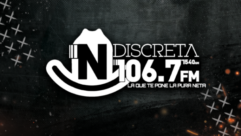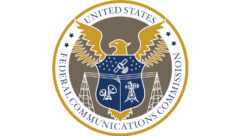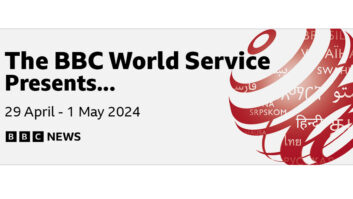Among all the new ideas introduced to U.S. radio broadcasting in 2008, we believe among the most exciting is the addition of music tagging to analog FM.
When the tagging concept was announced as an additional feature for HD Radio, we found it interesting, but upon learning how cumbersome the process was to actually execute by listeners, and how few devices actually supported it, we tacitly concluded it was much ado about very little, at least in the near term.
Now that the concept has been applied to analog FM broadcasting via the RT+ extension to RBDS, however, we think there may be some real value here. A substantial number of radio broadcasters have already introduced the service (and are collecting revenue from it), and at least one family of devices is supporting it. That all this has happened within a few months we also find impressive.
Because tagging can now truly work as a “portable impulse buy” — with the user able to complete a transaction in a few seconds, on an undocked, handheld device — we feel this could be the start of something big for radio. Perhaps it will convince consumers and the rest of the media world that FM broadcasting can still be relevant in the new media age — particularly given recent survey results showing that radio remains a primary music-discovery resource among younger audiences.
It’s been awhile since we’ve seen radio engineers so excited about a new service offering than those whom we’ve spoken with about FM tagging. The fact that a listener can hear a song on the radio and with a few quick keystrokes purchase and download the song before it finishes playing on the air — with a portion of the transaction’s revenue going to the broadcaster — seems groundbreaking even to the most jaded. It shows that at least some new business models for radio can be more productive than the smoke and mirrors many previous ventures have proven to be.
Admittedly, today this service only works as described on some stations, and only with certain devices under specific conditions, but it does work, and there is no real obstacle to more stations and devices joining the party. Meanwhile, for consumers who like the service, those involved stations, devices and conditions are differentiated into a preferred status. And that’s what drives adoption of new technology: the enabling of desirable, new functionality for all stakeholders — service providers, device manufacturers and consumers.
Of course we hope for more similar developments in the future, particularly those that will help drive HD Radio adoption in particular. But for now, we like the way this one promises to breathe some new life into plain old FM.
— Radio World










